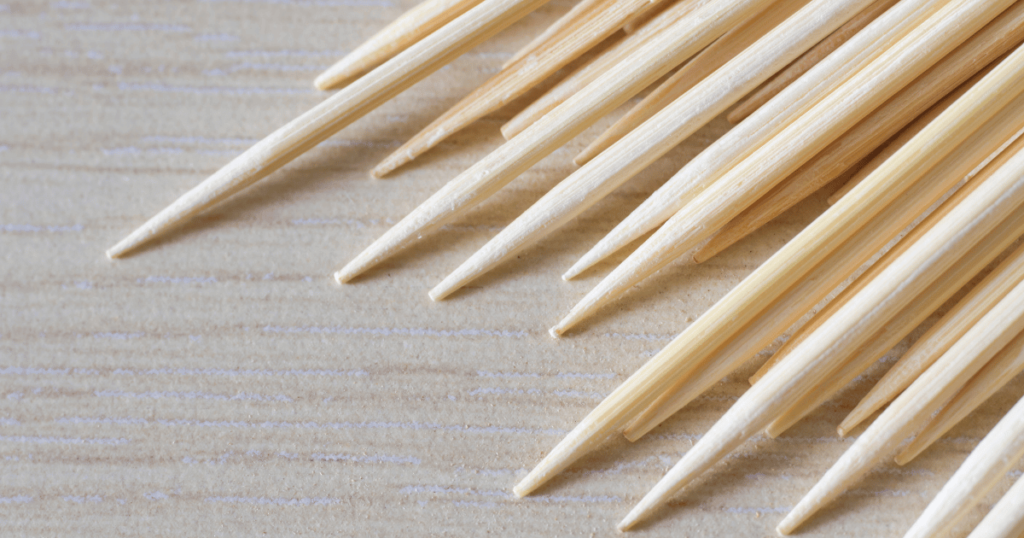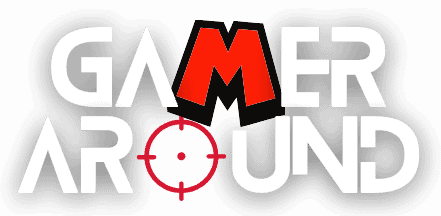Ever looked down at your mouse and noticed how grimy the grips have become? It’s a common issue for anyone using a computer regularly. Dirt, oils, and everyday wear and tear can make your mouse less comfortable to use.
In this guide, we’ll walk you through simple yet effective methods to clean your mouse grips, restoring them to their pristine condition.
Let’s dive in and give your mouse the care it deserves!
Cleaning with Dish Soap

When it comes to cleaning your mouse grips, starting with the simplest and most gentle method is often the best approach. Dish soap, known for its mild and effective cleaning properties, can be an excellent choice.
Here’s how you can use it:
- Prepare the Solution: Mix a small amount of dish soap with water to create a diluted solution. The key is to use just enough soap to clean without oversaturating the mouse’s surface.
- Dampen a Cloth: Dip a soft cloth into the soapy solution, ensuring it’s damp but not soaking wet. Excess water can seep into the mouse and cause damage.
- Gentle Wiping: Gently wipe the grips of your mouse with a damp cloth. Move in a circular motion or along the texture of the grips to effectively lift and remove dirt and oils.
- Rinse and Dry: Once you’ve thoroughly cleaned the grips, use a clean, damp cloth to remove any soap residue. Finally, allow the mouse to air dry completely before using it again.
Using dish soap is a safe and effective way to keep your mouse grips clean and maintain their grip and texture, ensuring a comfortable and efficient experience while using your computer.
Using Rubbing Alcohol

Sometimes, dish soap might not be enough, especially when dealing with tougher stains or sticky residues on your mouse grips. This is where rubbing alcohol comes into play.
When to Use: Reserve rubbing alcohol for situations where regular cleaning agents don’t do the trick. It’s particularly effective against stubborn stains and sticky spots.
How to Apply:
- Dab a small amount of rubbing alcohol onto a soft cloth or cotton swab.
- Gently rub the affected areas of the grips.
- Be cautious not to overuse it, as rubbing alcohol can potentially strip off the rubber coating if applied excessively (in case you have rubber grips).
After Cleaning: Once you’ve gently cleaned the area with rubbing alcohol, it’s advisable to wipe the grips with a cloth dampened in water. This step helps to remove any remaining alcohol, reducing its potential for overexposure.
Remember, rubbing alcohol is a step up in terms of cleaning strength and should be used judiciously. It’s a great tool for tougher cleaning jobs, but always use it with care to avoid any potential damage to your mouse.
Toothpick for Side Buttons

After cleaning the larger areas of your mouse with either dish soap or rubbing alcohol, you might notice dirt and debris around the side buttons, particularly near the rubber grips. This is where a toothpick can be incredibly handy.
Gently use the toothpick to dislodge any accumulated dirt or grime in these hard-to-reach areas.
Be careful not to apply too much pressure, as this could damage the buttons or the rubber. This method is effective for detailed cleaning and ensures that every nook and cranny of your mouse is taken care of.
Products to Avoid
When cleaning mouse grips, it’s crucial to avoid certain products that can cause damage. Here’s a list of cleaners to steer clear of and why:
- Bleach or Chlorine-Based Cleaners: These can be too harsh, potentially causing the grips to crack or lose their texture.
- Ammonia-Based Cleaners: Often found in glass cleaners, they can degrade rubber and plastic components.
- Acetone or Nail Polish Remover: These can dissolve rubber and plastic, leading to surface damage.
- Abrasive Scrubbers or Sponges: Can scratch and wear down the surface of the grips.
Conclusion
We hope these tips have helped you in effectively cleaning your mouse grips. Regardless of the method you used, we’re eager to hear about your experience.
Each cleaning approach has its unique advantages, and your feedback can help others choose the best approach. We also offer a specialized guide on how to clean your mouse’s feet. Be sure to explore it, as it can enhance your gaming experience by ensuring your mouse glides effortlessly.
Please feel free to drop a comment sharing which method worked best for you. And did you use it on a regular mouse or a gaming mouse?
We're an affiliate
We hope you love the products we recommend! Just so you know, gameraround.com is a participant in the Amazon Services LLC Associates Program, an affiliate advertising program designed to provide a means for sites to earn advertising fees by linking to Amazon.com.

